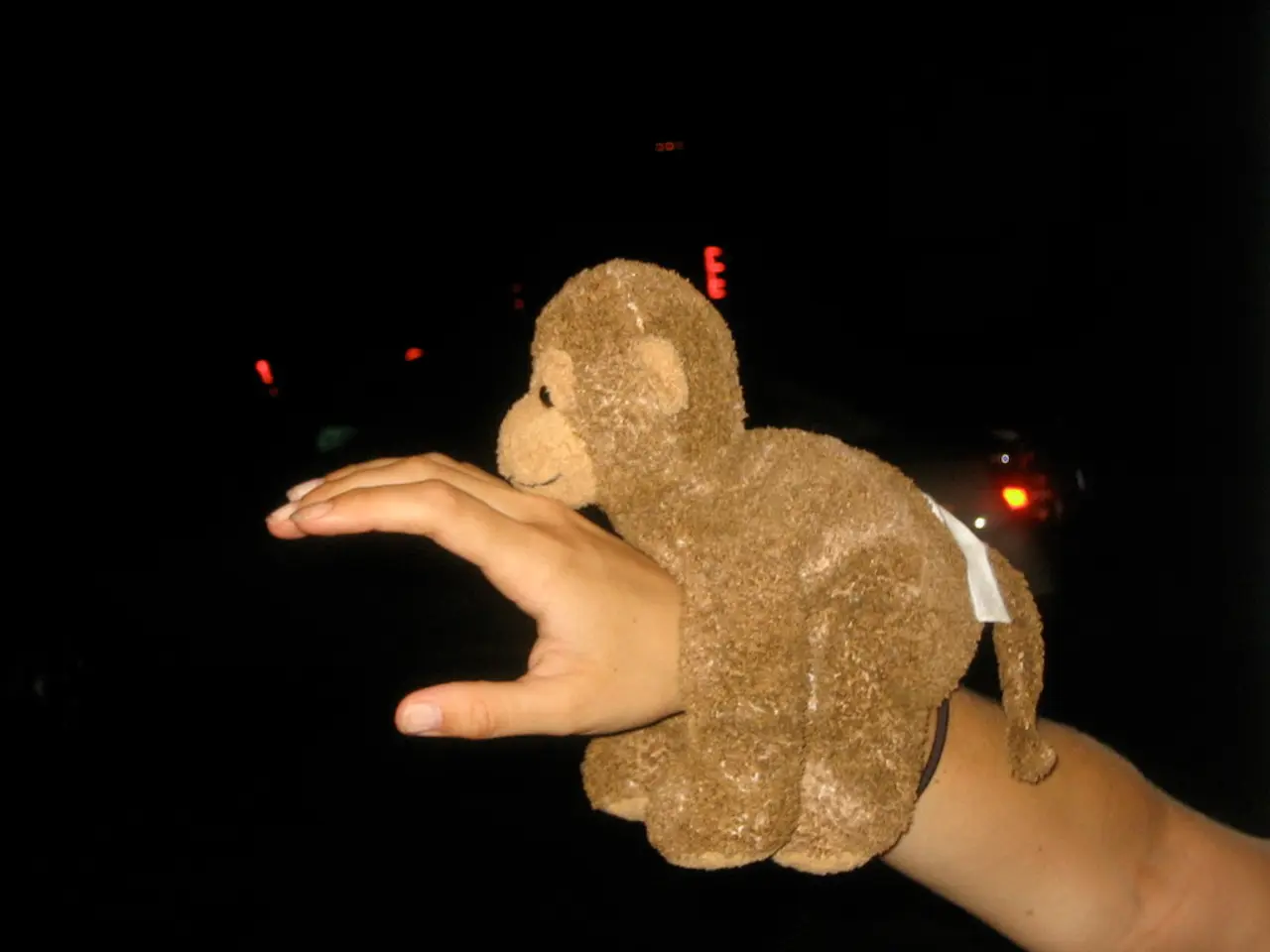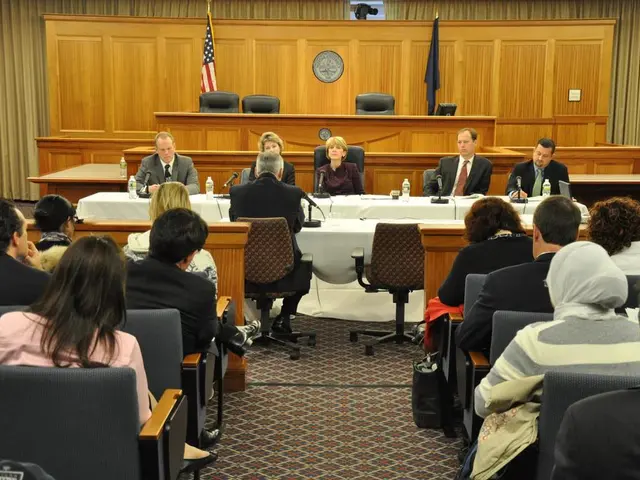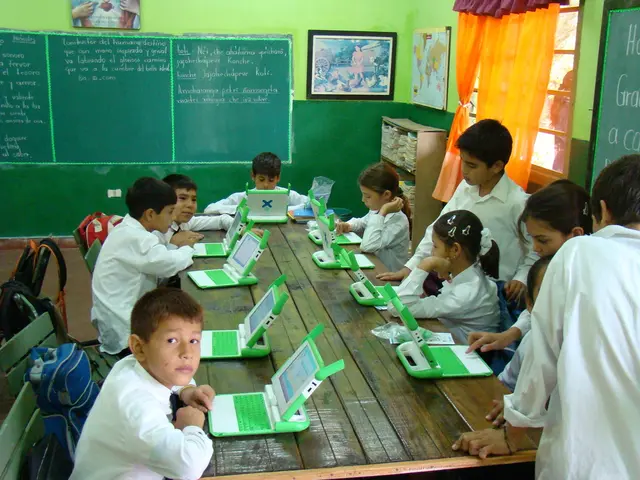Techniques for Empowering Autistic College Students in Higher Education
Autism, a genetically-based human neurological variant, is a common condition that affects approximately 1-2% of the human population. Despite this, autism is widely misunderstood and often pathologized, leading to ableist attitudes and difficulties in connecting with autistic students.
Instructors play a crucial role in supporting autistic students in higher education. When viewing autism through the medical model, they may perceive autistic students as the problem, leading to internalized negative attitudes and difficulties in teaching them effectively. However, adopting a neurodiversity perspective can help instructors understand and accommodate the unique needs of autistic students.
Autistic students have individual preferences and requirements, and there is no one-size-fits-all approach to teaching them. They may benefit from being given the space to move in ways that are optimal for their particular neurology, as moving and stimming (repetitive motions to release excess energy) can help them focus and avoid sensory overload.
Autistic students may also prefer to work alone or with body doubling, in low-sensory environments, and with space for stimming. Instructors should honor all styles of communication and consider using augmentative and alternative communication devices for nonverbal or partially verbal students. Visual aids, such as written instructions via PowerPoint slides, frequent use of whiteboards, computer-aided real-time transcription (CART) services, and emails, can help autistic students process information more effectively.
Sensory sensitivities are another common challenge faced by autistic students. Instructors should be mindful of sensory environments and consider asking about students' preferences, powering off equipment they're not using, and discouraging heavy odors in the classroom. Closed captioning and preparing documents for screen readers can also help autistic students access information more easily.
It's important to avoid treating autism as a medical condition and using words such as "condition," "deficit," "illness," and "intervention" when referring to autism. Instead, use person-first language, such as "autistic person" rather than "person with autism." Autistic people may register more information than non-autistic people, and they may prefer to speak honestly and directly, which can sometimes conflict with non-autistic social norms and social language.
Society often marginalizes students with disabilities, and it's important for instructors to learn inclusive practices for working with disabled college students. This includes being aware of ableist attitudes and language, being open to accommodations, and creating a supportive and welcoming learning environment for all students.
If an autistic student discloses their disability, encourage them to contact disability services if they have not done so already. Autistic students can excel in college with proper support, and many autistic students attend college and have advanced degrees.
The neurodiversity movement resembles the civil rights movements of the 1960s and 1970s, with millions of autistics connecting and forming worldwide communities through the internet. The Integrity Network, a group of industry professionals who review content for Bestcolleges.com, provides feedback and ensures accuracy and up-to-date information in articles about supporting autistic students in higher education.
In conclusion, it's vital that college and university faculty and staff support autistic students as they navigate higher education systems built for neurotypical minds. With the right accommodations and support, autistic students can thrive in college and beyond.
Read also:
- Understanding Hemorrhagic Gastroenteritis: Key Facts
- Stopping Osteoporosis Treatment: Timeline Considerations
- Tobacco industry's suggested changes on a legislative modification are disregarded by health journalists
- Expanded Community Health Involvement by CK Birla Hospitals, Jaipur, Maintained Through Consistent Outreach Programs Across Rajasthan







